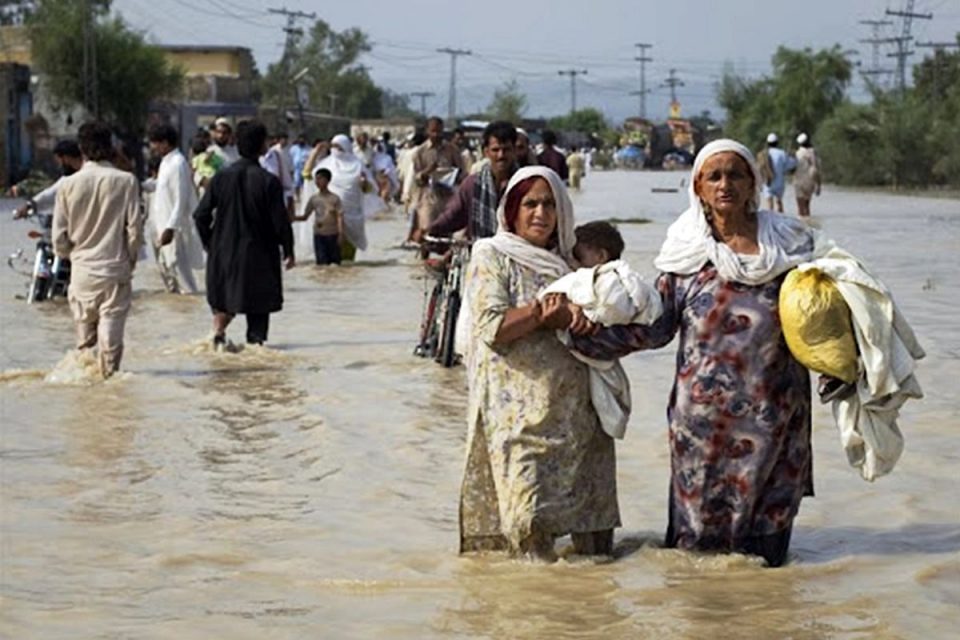But this time, Pakistan suffered terribly. From barely 5 to 6 per cent in 2018, inflation soared to 25 per cent in July 2022. Barring a brief period in 2021, the rise was more or less consistent.
Over and above the global supply chain crisis, the Pakistan economy was hit by a host of local issues including the foreign exchange crisis, slipping exchange value of the local currency, power cuts and low domestic demand sentiments due to high prices.
As their economic woes started aggravating beginning in 2021, many in Pakistan demanded low-cost imports from India.
Khan did a somersault on the issue in April 2021. The Shehbaz Sharif government, that came in power in April 2022, too showed apparent keenness. However, nothing changed on the ground.
Self-Inflicted Injury
The dilly-dally from Pakistan explains why New Delhi must leave it to Islamabad to normalise relations. While Prime Minister Narendra Modi has expressed grief at the widespread devastation in Pakistan there is little reason for New Delhi to go overboard when it comes to extending help.
Historically, the economy has been among the last of the concerns of Islamabad. They only take refuge under it when cornered or use it as a handle to launch a fresh onslaught on India.
The history of the now-forgotten South Asian Association for Regional Cooperation (SAARC), bears testimony to that.
Since its inception in 1985, SAARC was a talking shop. The South Asian Free Trade Agreement (SAFTA) was a failure. Pakistan used SAARC as an opportunity to frustrate India. All critical regional negotiations ended up in veto.
Till 2015, governments in Delhi kept wasting money and time, in funding the SAARC secretariat and posing for useless photo sessions. India should be grateful to Modi for breaking the pattern and spearheading regional cooperation minus Pakistan.
The benefits went to the region. Delhi went out of its way to support smaller neighbours over the last two years. While China was demanding repayment from a bankrupt Sri Lanka, India delivered support — including petroleum products and food — worth $3.5 billion in 2022 alone.
From the Maldives to Bhutan, India’s regional cooperation overdrive helped every neighbour to minimise the dual impact of Covid and the Ukraine crisis. Assured supply of energy, food and raw material kept smaller countries ticking during the global supply chain crisis.
The garment industry is key to Bangladesh’s export performance. On an average year, Dhaka meets roughly one-third of the cotton requirement from India, the rest comes from far away destinations.
According to ITC Trade Map, Dhaka doubled the import of cotton from India during the 2019-2021 period to beat supply chain disruption and volatile sea freight. Exports had shot up to $52 billion in 2021, approximately 11 per cent higher than the pre-Covid level.
A bigger impact is visible in food sector. India’s export of cereals to Bangladesh was up by 52-times during the two years. Rice, wheat, maize, onions — check any food item and there is an abnormal rise. No wonder Dhaka could keep inflation in check.
India is the world’s largest rice exporter. The Indian dominance grew in 2021 as many traditional rice exporters (like Myanmar and Vietnam) took to imports.
The global food scenario became more complex in 2022 due to the Ukraine crisis. Unlike rice, India has a limited surplus in wheat. Delhi stopped commercial exports to save it for neighbours and friends.


